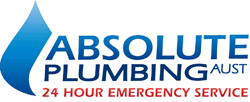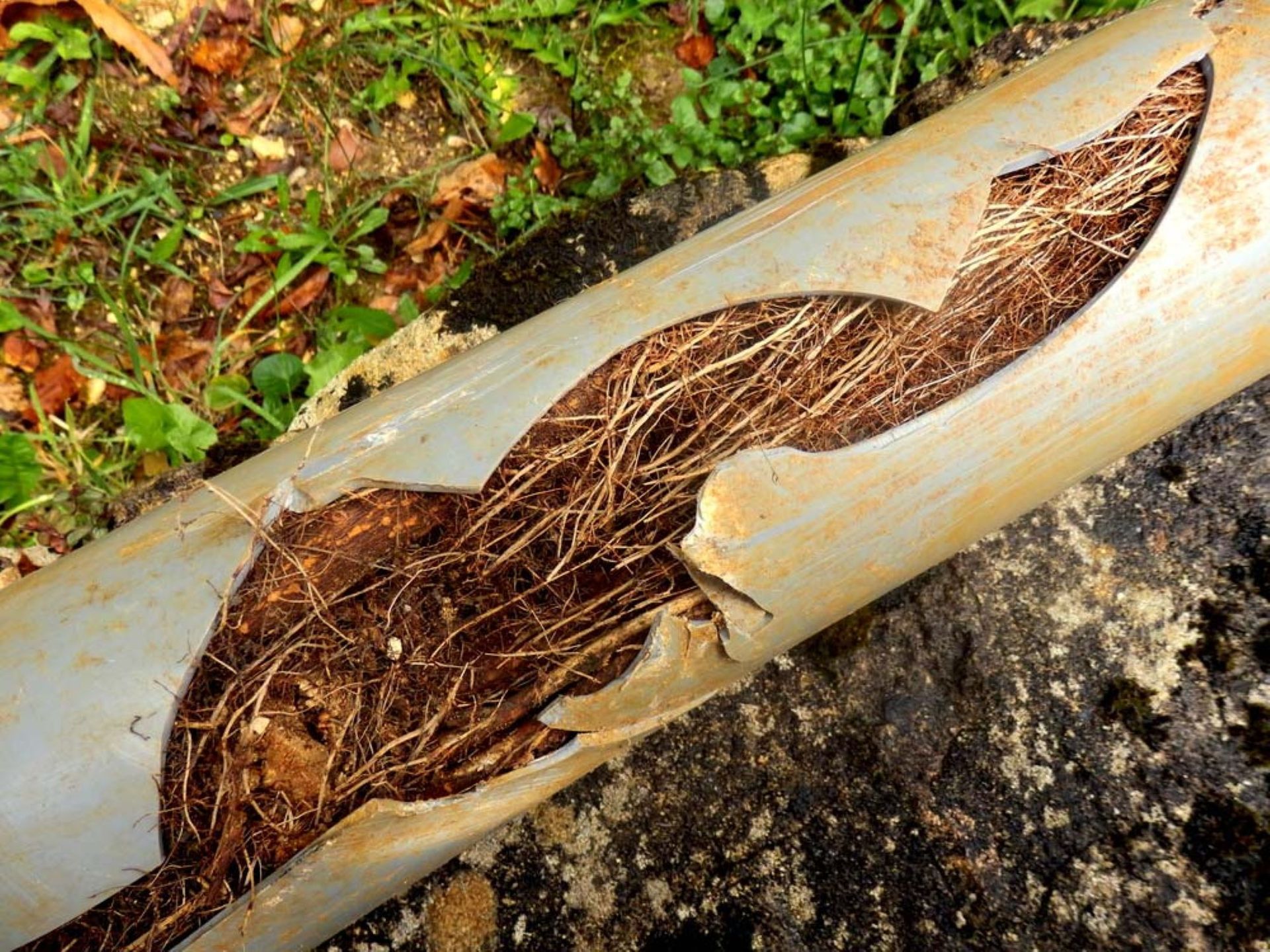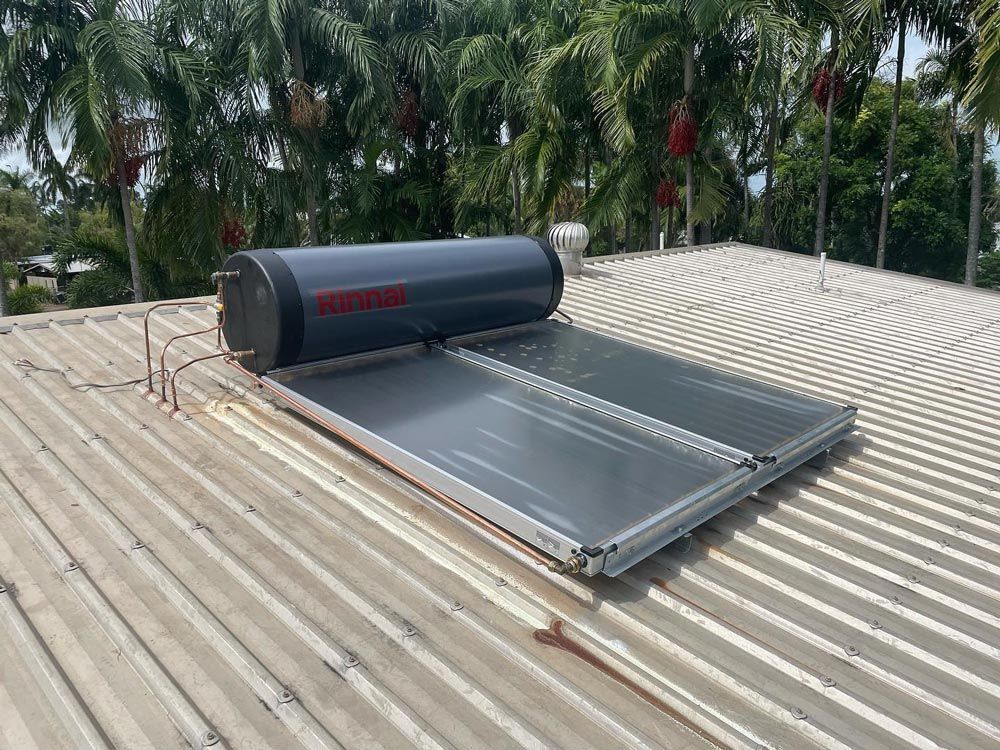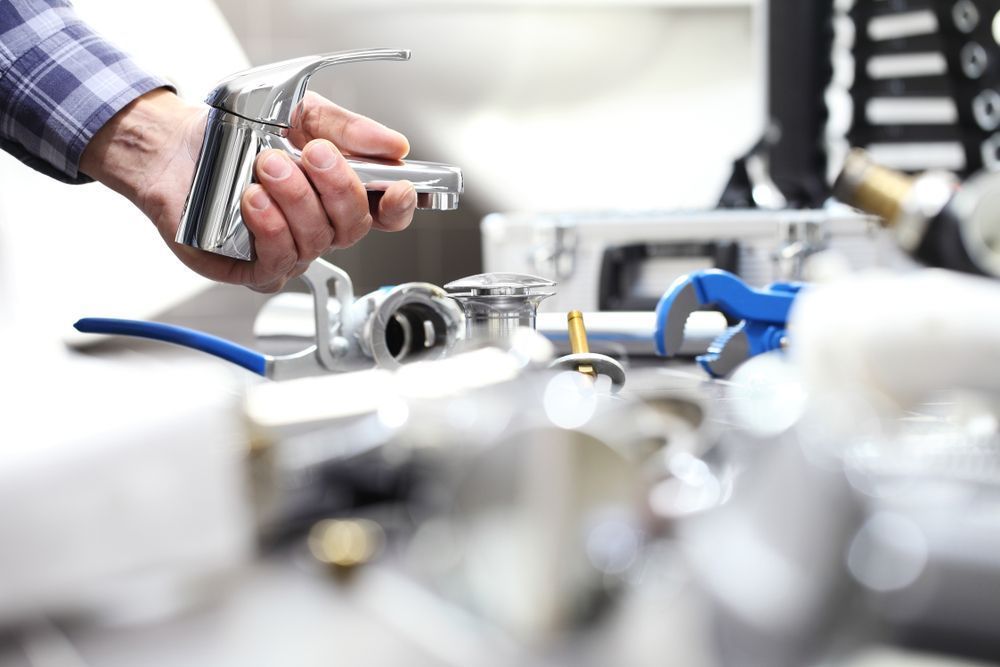Septic Tank Maintenance Tips
Dealing with a sudden sewage backup or persistent foul odors can be incredibly inconvenient and frustrating. By taking a proactive approach to septic tank maintenance, you can avoid these disruptions and ensure your system operates efficiently. In this blog, we’ll provide essential tips and insights on maintaining your septic tank, helping you prevent problems before they arise.
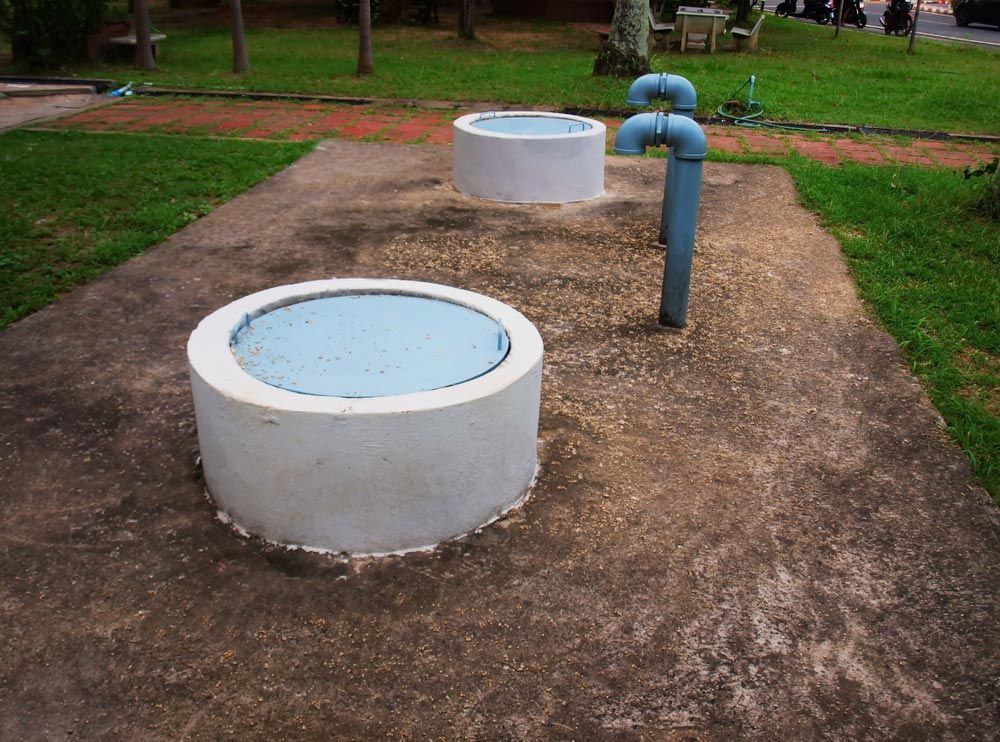
Basic Steps for Maintaining a Septic Tank
Maintaining a septic tank involves regular care and attention to ensure its efficient operation. Here are some fundamental steps to keep your system functioning smoothly:
- Regular Inspections: Schedule professional inspections at least once every three years to detect any issues. During the inspection, professionals will check for leaks, examine the scum and sludge layers and ensure the system's components are in good working order.
- Pumping Schedule: Adhere to a regular pumping schedule to prevent overflow. Generally, septic tanks should be pumped every three to five years. However, the frequency depends on various factors, such as the tank size, household size and volume of solids in the wastewater.
- Water Conservation: Use water efficiently to avoid overloading the system. Simple practices such as spreading out laundry loads can make a big difference in maintaining a balanced system.
Signs of Potential Septic System Problems
Recognizing the early signs of septic system issues can save you significant expenses. Here are some indicators that your septic tank might need attention:
- Slow Drains: Persistent slow draining in sinks, showers and toilets can indicate a blockage in the system or an overfilled tank.
- Foul Odors: Unpleasant smells around your property or drains suggest that the tank might be full or that there could be a leak or failure in the system.
- Wet Spots: Unexplained wet or lush patches in your backyard can indicate that the drain field is saturated or that there’s a leak, which can lead to contamination of groundwater.
- Backup: Sewage backing up into your home is a clear sign of serious issues within your septic system, requiring immediate professional attention.
If you notice any of these signs, it's essential to contact a professional immediately to diagnose and resolve the issue before it worsens.
Items to Avoid Flushing or Pouring
One of the most common causes of septic system problems is improper waste disposal. Certain items should never be flushed or poured down the drain as they can cause blockages and damage the system. Here are some key items to avoid:
- Non-Biodegradable Products: Diapers, sanitary products and wipes can clog the system and are not designed to break down in a septic tank.
- Chemicals: Paints, solvents and household cleaners can kill the beneficial bacteria in your septic system, disrupting its balance and efficiency.
- Grease and Oils: Cooking fats, oils and grease can solidify and cause blockages in pipes and the septic tank, leading to backups.
- Medications: Prescription and over-the-counter drugs can disrupt the bacterial balance necessary for the septic system to function properly.
Proper disposal of these items can significantly extend the life of your septic system and reduce the risk of costly repairs. Educate all household members on what can and cannot be flushed to maintain a septic system.
Contact Us for Reliable Septic Tank Care
By following these septic system tips, you can avoid the inconvenience and expense of unexpected failures. At Absolute Plumbing Australia, we provide comprehensive septic tank services tailored to your needs. Our experienced, fully licensed team ensures your septic system is installed and maintained to the highest standards, offering peace of mind and environmental protection. Regular maintenance can prevent costly repairs, protect your property’s value and support local ecosystems. Contact us today to schedule an inspection or plumbing maintenance service.
